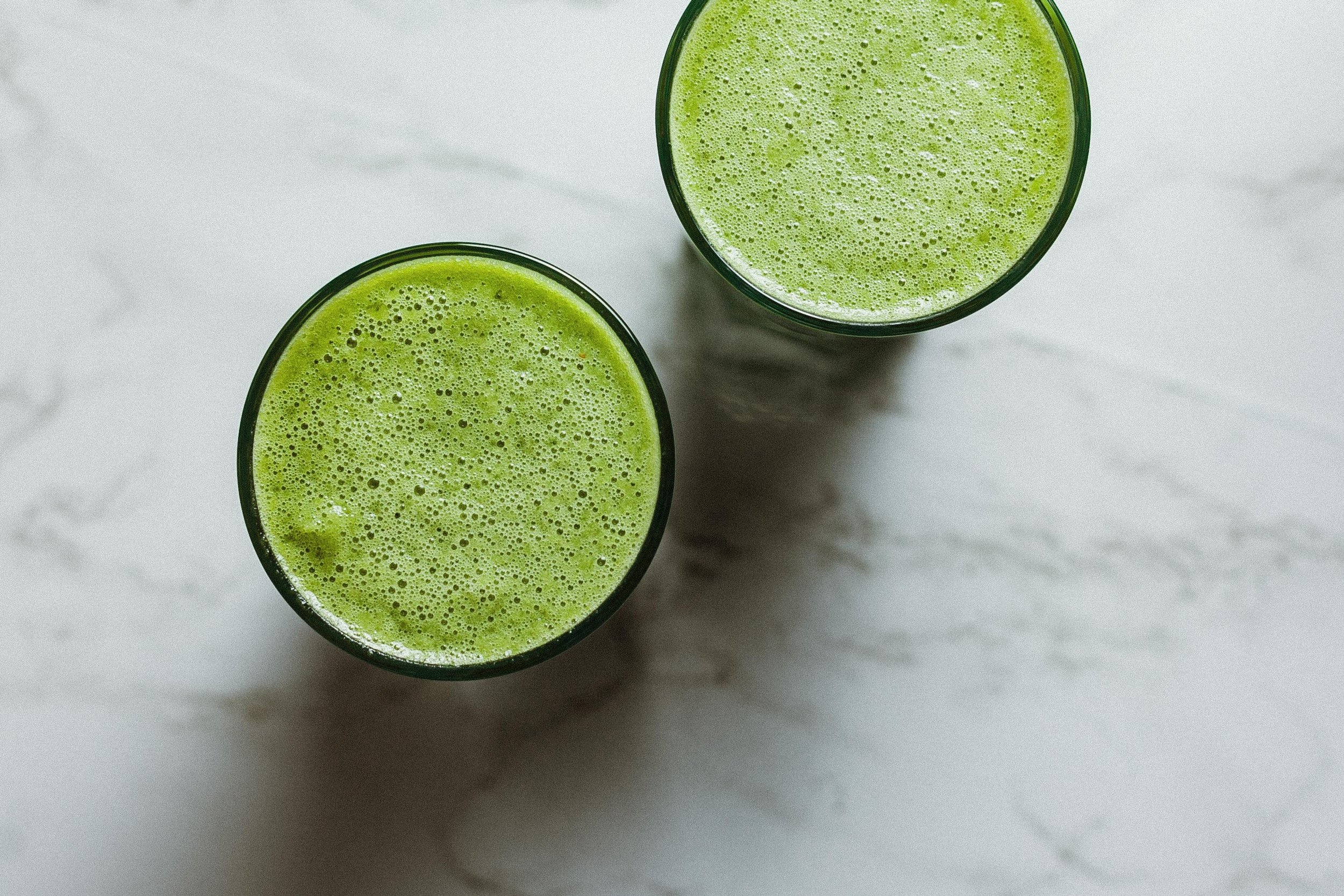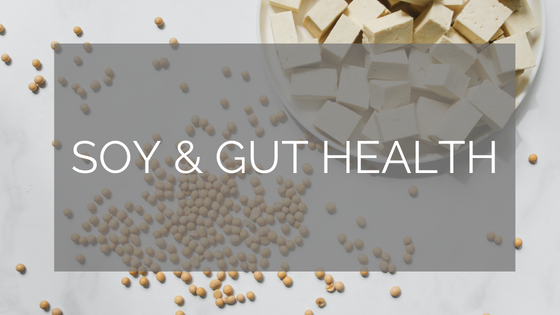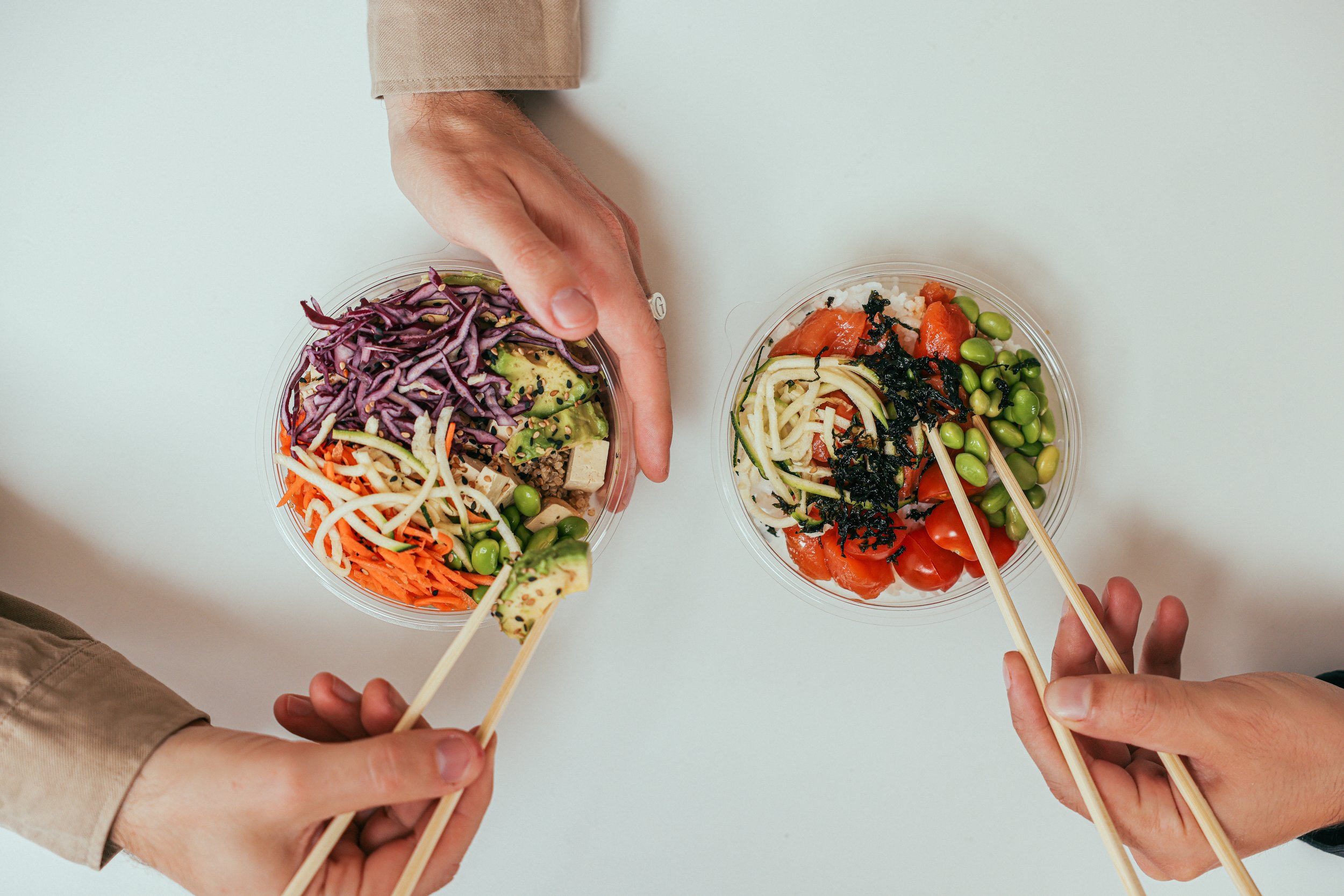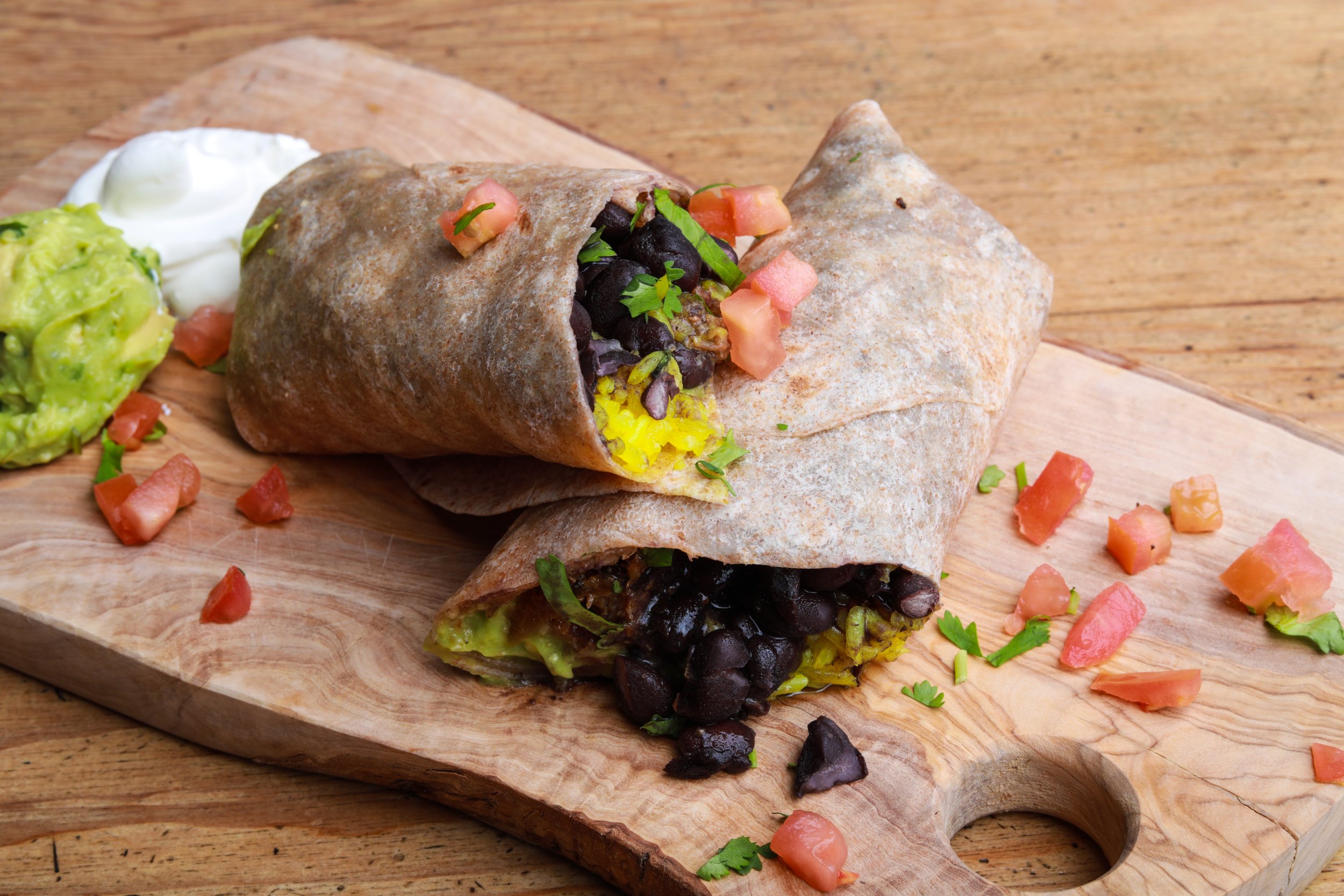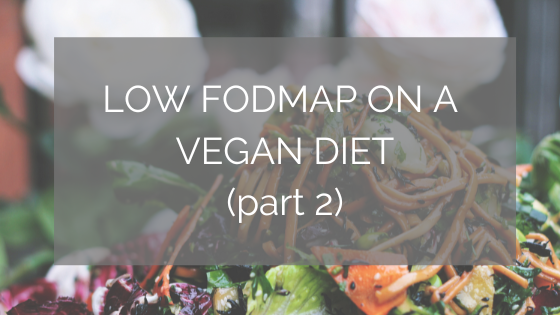Written By Krystal Karalli, PNW Intern, Summer 2022
Have you ever heard that some plant-based foods are bad for you because they contain compounds that are toxic to the human body? Or that there are compounds in whole plant-based foods that reduce the body’s ability to absorb nutrients?
The compounds we are referring to are called antinutrients, such as lectins, phytates and oxalates, found exclusively in whole, plant-based foods. However, most of the research done on anti-nutrients is using either the isolated form (which means they extract the compound from raw food and use it to see how it influences specific nutrients) in animals or using them in concentrations that are far greater than regularly consumed on a varied diet.
There are very limited human clinical trials on antinutrients and in some cases, these studies do not always arrive at clear-cut conclusions. Also of important note is that plant-based whole foods contain thousands of other compounds, which may counteract the potential of these antinutrients. For example, phytates have been notorious for binding to iron, but the vitamin C found in some plant foods can significantly enhance its absorption, thus overcoming the inhibition effects of phytates.
The research so far really does not take into account the synergistic nature of food. Therefore, it still remains questionable whether these compounds are as harmful as when they are studied in isolation, as they may act differently when taken in with a balanced meal that is properly prepared.
The three “anti-nutrients” we are going to talk about here are lectins, phytates, and oxalates, all of which have been known to bind to three essential nutrients (calcium, iron, and zinc) supposedly preventing their absorption.
Lectins
Plant lectins are proteins found in nuts, seeds, beans, and whole grains, with the highest concentrations found in whole grains and beans. Lectins are probably the most talked-about “anti-nutrient” in mainstream media. Why? Cases of food poisoning from eating raw or improperly cooked beans have been reported, which can be traced back to the lectins found in these improperly cooked foods. To put this into context, raw beans contain about 20,000-70,000 hemmaglutain units (hau) worth of lectins, while cooked beans contain a safe amount of only about 200-400 hau.
Further, studies using animal models have shown that high doses of isolated lectins can increase intestinal permeability (also known as leaky gut). Nonetheless, human clinical trials with the use of lectins are quite limited. Using an animal model may be useful for forming a hypothesis (though we in no way condone this), but the effects seen in these studies cannot be translated to human health, especially not when using isolated forms of a nutrient in high doses. This is because 1.) we are humans, 2.) we do not consume lectins in isolated form, 3.) we don’t eat lectins in very high doses.
There is currently no strong evidence to suggest that properly cooked beans cause any of the issues that proponents of a lectin-free diet claim. Remember that raw or partially uncooked beans are toxic, so try not to eat them. In developed countries, most of us eat beans from a can, which are cooked and packaged in a liquid, so they are quite low in lectins. If you prefer to cook raw, uncanned beans, soaking them (for at least 24 hours) actually reduces lectins to a level where they are thought to be beneficial (just remember to discard the water). Incorporating sprouted beans and whole grains is another option, as sprouting deactivates lectins. All in all, there really is no need to worry about these compounds if you cook your whole grains and beans.
Phytates/ Phytic acid
Found in nuts, seeds, and mainly in whole grains and beans, phytates (also known as phytic acid) are probably the second most talked about “antinutrient” in mainstream media. Phytic acid is often seen in a negative light due to past research showing that individuals in underdeveloped countries, whose diets largely rely on whole grains and beans, are deficient in essential minerals like zinc, calcium, and iron. It is important to note, however, that not only are their diets relatively higher in phytic acid, but they also have lower intakes of these minerals, in general. If you are eating a very limited number of different foods, and not eating enough fruits and vegetables (which can enhance the absorption of minerals like zinc), deficiency is more likely to occur. In general, if you have access to a well-balanced, diverse plant-based diet, phytates have a pretty minimal impact on the absorption of any of these minerals.
Zinc is the mineral most affected by phytate’s influence. What is really interesting about zinc is that our bodies tightly regulate it despite lower intakes and a reduced ability to absorb it (due to phytates getting in the way). Therefore, our bodies can adapt to lower zinc intakes, with zinc status staying relatively consistent after an adjustment period. As far as iron, although vegans and vegetarians in industrialized countries eat foods that are relatively higher in phytic acid, most studies show that vegans’ and vegetarians’ iron status is adequate. Similar to zinc, this may be due to our bodies having the ability to adapt to lower iron intakes by increasing iron absorption.
Reducing phytate content
Although we have all of this good research showing that vegans and vegetarians (in developed countries) don’t have much trouble getting enough iron and zinc, it would still be beneficial to maximize their absorption. There are actually natural enzymes, named phytases, residing in high-phytate foods that can be activated with cooking, soaking, sprouting, and fermenting which lessens the phytate content naturally. Let’s take a look at how these different methods can decrease phytate content as well as some ways to increase iron and zinc absorption:
Cooking phytate-rich foods can decrease the phytic acid content (ranging from 11-80% depending on the food, how long it is cooked for, and the level of heat used).
Soaking (uncanned) beans and grains for at least 24 hours can substantially decrease phytate content but the water used to soak the food either needs to be cooked or discarded. Either way, just as with lectins, the processing of canning beans significantly reduces phytate content.
Adding vitamin C-rich foods such as lemon, sprouts, and red peppers to a meal that contains legumes and whole grains is another way to decrease phytate content.
Adding garlic and onions to beans, seeds, and grains can enhance iron and zinc absorption, which may negate the effects of phytic acid in these foods.
Eating fermented foods (such as sourdough bread or kimchi) with beans and legumes can also increase iron absorption. Note that beans are rich in prebiotics. Prebiotics help in making your colon more acidic, which can also help in increasing iron and zinc absorption. Whole grain breads that are yeast-leavened and then cooked have a significantly lower phytate content.
Sprouting also activates the phytase enzyme and can reduce phytate concentrations by over 60%, so eating sprouted beans is an alternative option.
Even if these processing methods did not break down these compounds, some of your gut bacteria produce enzymes that neutralize them. In fact, a study looking at the activity of human gut bacteria has shown that a diet rich in phytic acid increases the potential of our gut bacteria to degrade it. It was shown that the gut bacteria of vegetarians degraded up to 100% of phytate.
Interestingly, phytates can provide many health benefits. In fact, it has blood glucose-lowering effects (which are highly beneficial for diabetes prevention and treatment), has potential anti-cancer properties, and can potentially help in preventing heart disease. Research on human intestinal cells has also shown that they may potentially act as an antioxidant. Phytates are fascinating in that they regulate iron, possibly preventing the damage that excess animal-derived iron can cause. It can also bind to toxic trace elements such as cadmium and lead, reducing their capacity to cause harm to the body. Further, phytates may also be protective against kidney stone formation due to their ability to inhibit the crystallization of kidney stones. Sounds more like a super nutrient to me!
Oxalates/Oxalic acid
Oxalates can be found in relatively small amounts in various vegetables, but concentrations are highest in spinach, swiss chard, and rhubarb. Interestingly, some of the oxalate consumed can be broken down in the gut before it binds to calcium, iron, or zinc. One of these bacteria, Oxalobacter formigenes, uses oxalate as an energy source. However, some individuals do not have much of this bacteria in their gut due to repeated antibiotic use, so the degree to which the body absorbs oxalates may depend on the composition of your gut microbiome.
Just as with foods that have higher concentrations of lectins, if you want to maximize calcium, iron, or zinc absorption, it would be best to cook high-oxalate foods. Boiling vegetables for just 12 minutes reduces oxalate content ranging from 30%-87%, with spinach and swiss chard having the greatest losses (87% and 85%, respectively). Although steaming is not as effective as boiling, it may still reduce oxalate content by about 45%. Cooking and soaking beans overnight also significantly reduces their oxalate content, although if they are already canned, the oxalate content is already significantly reduced.
Besides the foods mentioned above, the amount of oxalates is so minimal in low-oxalate foods (including kale, collard greens, broccoli, cabbage, bok choy, and mustard greens) that they actually don’t pose any significant reductions in calcium, zinc, or iron absorption. In fact, the calcium in low-oxalate foods is better absorbed than in dairy products.
Gut Health
If you haven’t already noticed, the foods that contain the highest concentrations of “anti-nutrients” are whole grains, beans, and some leafy greens. Beans and many whole grains (and leafy greens but to a lesser extent) contain soluble fiber, which is what we call a prebiotic. Prebiotics are essentially food for our gut bacteria (in fact, it is the only food they prefer to eat). When they digest soluble fiber, they produce magical compounds called short-chain fatty acids (SCFA), which make the colon more acidic. A more acidic colon can ward off disease-causing, inflammatory bacteria that can cause intestinal inflammation. SCFA also feeds the cells that line your intestinal tract, which generally promotes a healthier gut lining. Feeding the good bacteria in your gut a diverse range of different plant foods also increases the diversity of different gut microbes. When we have a balanced microbiome, filled with many different species of microbes, we are essentially reducing our risk for chronic disease. Polyphenols (plant compounds that have antioxidant activity), which are exclusive to plant-based foods (like beans), can also act as prebiotics.
Although fiber is not an essential nutrient, it is a vital nutrient that feeds the good bacteria in our gut. When they don’t have enough food, they start to munch on our intestinal lining (called mucin) as a backup carbohydrate source. If this mucus layer continues to degrade, this may, over the long term, lead to gut dysfunction and an increased risk for gut diseases such as inflammatory bowel disease. Plant-based foods are excellent for gut health, so anyone that tells you to remove these health-promoting foods should get the boot!
Bottom Line
We hope you can now feel confident in knowing that although “anti-nutrients” are present in plant-based foods, if you are eating a diet high in plant diversity, you don’t have much to worry about. In fact, food scientists are now referring to anti-nutrients as compounds that act as therapeutic agents for various health conditions.
Cooking and soaking your food is a good way to decrease the activity of these compounds, along with a number of other nifty tricks, but rest assured, there simply isn’t sound human clinical research that shows that “anti-nutrients” are harmful. To say that an anti-nutrient contributes largely to prevent the absorption of a nutrient is speculation (at best).
It is also important to keep in mind that plant-based foods that contain these so-called “anti-nutrients” are rich in numerous other nutrients that are extremely beneficial to our health, including prebiotic fibers, vitamins, minerals, and anti-inflammatory and antioxidant compounds, so its best not to avoid them. No need to fear the lectins, phytates and oxalates any longer!





